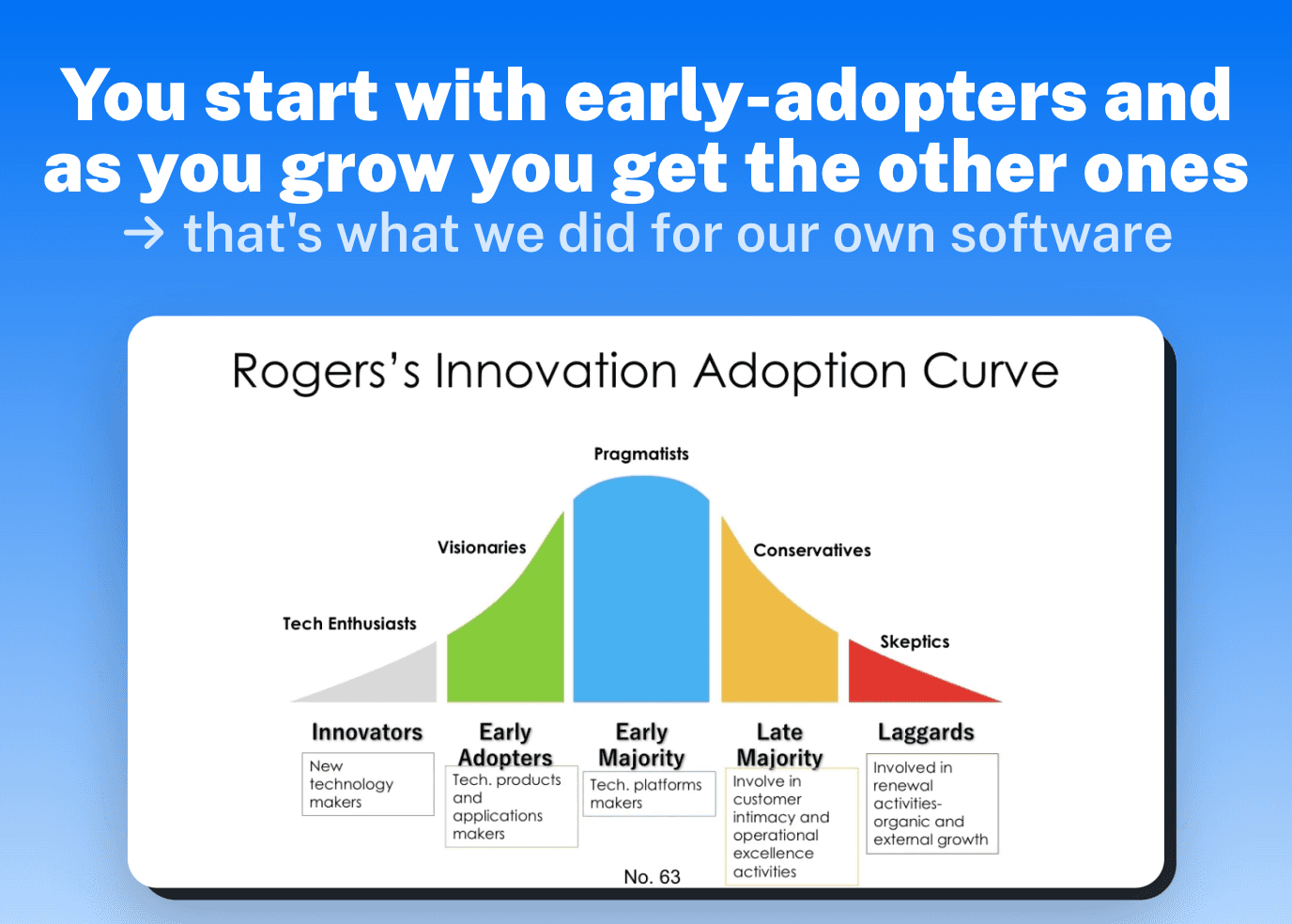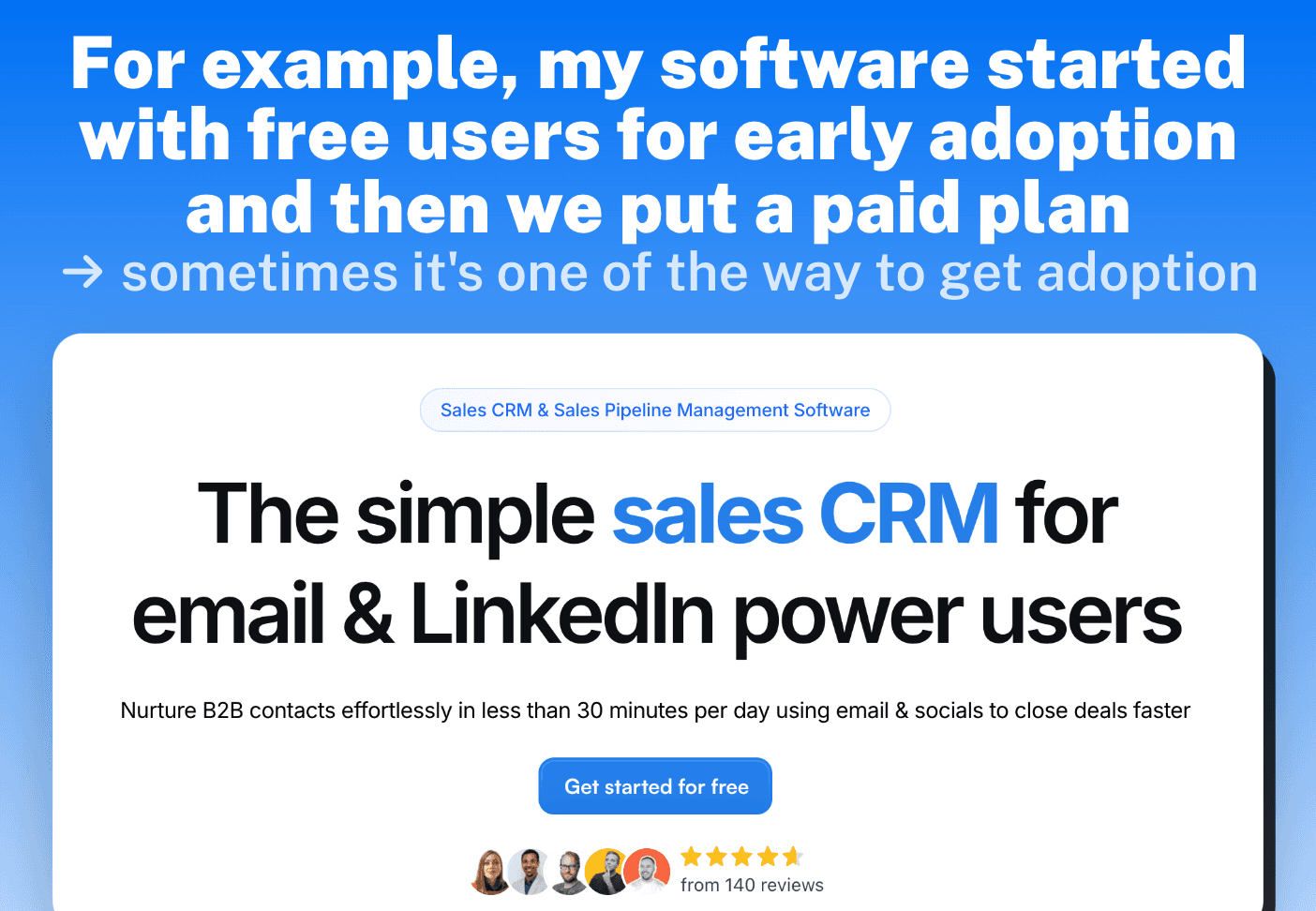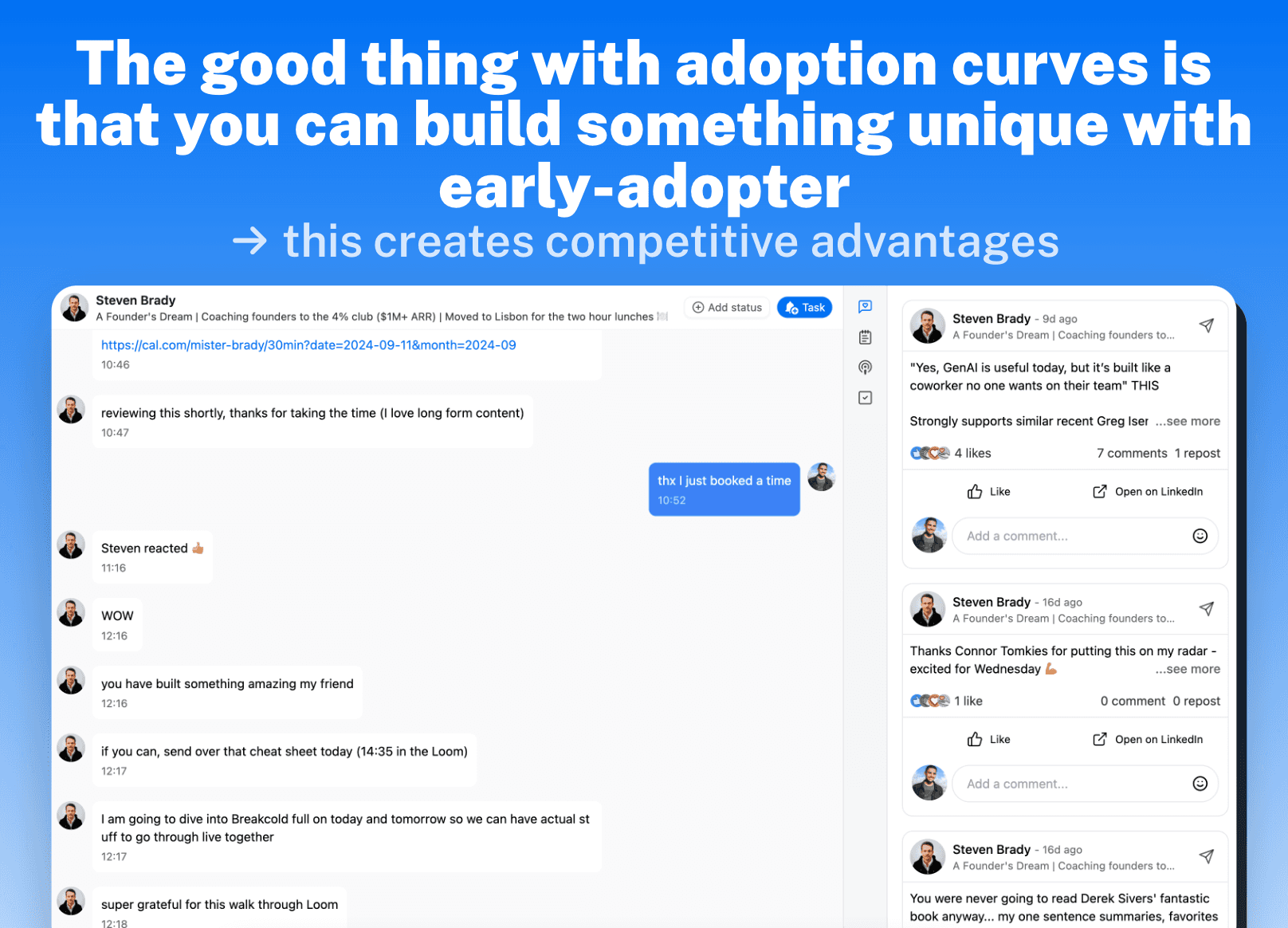
The Adoption Curve is a model used to describe the process by which a new product, idea, or technology is accepted and adopted by the general population. It provides insights into the different stages individuals go through when encountering something new and helps businesses understand how to effectively target and engage their target audience. In this article, we will explore the concept of the Adoption Curve in detail, define its key components, discuss advantages and disadvantages associated with its use, and provide examples across various contexts.
1°) What is the Adoption Curve?
The Adoption Curve, also known as the Diffusion of Innovation Theory, was first introduced by Everett Rogers in his book "Diffusion of Innovations" published in 1962. It represents the process of how new ideas or products gain momentum and reach critical mass.

1.1 - Definition of the Adoption Curve
At its core, the Adoption Curve is a visual representation of the rate at which a specific product or innovation is adopted by individuals over time. It illustrates the distribution of adopters into different categories based on their readiness to adopt the innovation.
The Adoption Curve consists of five main segments:
Innovators: These are the first individuals to adopt a new idea. They are adventurous and eager to try something new, even if it comes with risks or uncertainties. Innovators typically make up around 2.5% of the population.
Early Adopters: Early adopters are opinion leaders who are quick to embrace new technologies or ideas. They rely on their own judgment and are often seen as influencers within their social circles. They account for around 13.5% of the population.
Early Majority: The early majority represents the largest segment of population (around 34%). These individuals adopt innovations after they have been tried and tested by the innovators and early adopters. They are more cautious and base their decisions on the success and social proof of the innovation.
Late Majority: The late majority follows the early majority and represents another 34% of the population. They adopt innovations hesitantly and only after they have seen their peers successfully adopting them.
Laggards: Laggards are the last individuals to adopt an innovation. They are resistant to change and either do not see the value in the innovation or find it challenging to adopt due to various reasons. Laggards make up the remaining 16% of the population.

1.2 - Advantages of the Adoption Curve
The Adoption Curve offers several advantages for businesses and organizations:
Provides a clear framework for understanding and predicting how your target audience will respond to a new product or idea.
Helps businesses identify the different stages of adoption, allowing them to adjust marketing and communication strategies for each phase.
Highlights early adopters and influencers within a market, so businesses can focus efforts on this high-impact group.
Leverages the influence of opinion leaders to accelerate awareness and acceptance of the product or innovation.
Assists in estimating the timeline for reaching a critical mass of adopters — essential for accurate budgeting, resource allocation, and strategic planning.

1.3 - Disadvantages of the Adoption Curve
While the Adoption Curve can be a valuable tool, it also has some limitations:
The model is a simplified representation of a complex process and may not reflect real-world adoption patterns in every situation.
Human behavior and market dynamics are often unpredictable, which can cause the speed of adoption to vary widely.
Over-reliance on the Adoption Curve can create a narrow view, potentially causing businesses to overlook other key success factors.
Successful adoption also depends on:
Understanding the specific needs and motivations of your target audience.
Providing excellent customer support throughout the adoption journey.
Continuously improving and refining the product based on feedback.

2°) Examples of the Adoption Curve
Now that we have a clear understanding of what the Adoption Curve is and its advantages and disadvantages, let's explore some examples to illustrate its practical application across different contexts.
2.1 - Example in a Startup Context
Consider a tech startup developing a cutting-edge embedded analytics tools. The company initially targets the innovators by reaching out to technology enthusiasts and early adopters through tech forums, social media advertising, and influencer partnerships. Once the app gains traction among these tech-savvy individuals, positive word-of-mouth and testimonials help attract the early majority of users who see the app's value and reliability.
The startup then invests in targeted marketing campaigns to reach the late majority who require more reassurance before adopting something new. Eventually, the laggards come on board as the app achieves widespread recognition and becomes a standard part of daily life.
2.2 - Example in a Consulting Context
In the consulting industry, adopting a new methodology or approach can be challenging. Let's take the example of a consulting firm introducing a customer-centric approach to project management. The firm initially focuses on showcasing case studies and success stories to the innovators and early adopters within their network.
As the positive results and benefits become more apparent, the firm leverages these success stories to reach the early majority. They provide training programs, webinars, and workshops to spread awareness and educate potential adopters on the advantages of the customer-centric approach.
The late majority, usually more skeptical of change, require more evidence and peer testimonials before embracing the new approach. The consulting firm ensures transparency by sharing client feedback and conducting seminars to address common concerns. Eventually, as the benefits become widely recognized, the laggards start adopting the customer-centric approach to stay competitive.

2.3 - Example in a Digital Marketing Agency Context
For a digital marketing agency, staying updated with the latest trends and tools is crucial. Let's say a digital marketing agency is introducing a new analytics software that provides more accurate data and insights. The agency targets the innovators and early adopters by organizing webinars and industry events where they demonstrate the software's capabilities.
By obtaining positive testimonials and case studies from these early adopters, the agency can attract the attention of the early majority who are looking for tools to improve their marketing strategies. They provide step-by-step guides, tutorials, and offer trial periods to encourage adoption.
The late majority, often more conservative in embracing new technologies, require additional evidence of the software's effectiveness. The agency conducts A/B testing studies, compares the software's performance with existing solutions, and shares the results. As the software establishes itself as a reliable analytics tool, even the laggards recognize its value and adopt it.
2.4 - Example with Analogies
Analogies can help provide a broader understanding of the Adoption Curve. Think of the adoption of smartphones. Initially, only the innovators and early adopters embraced this new technology. As more features were added and the benefits became widely recognized, the early majority began incorporating smartphones into their lives. Today, even the late majority and laggards have recognized the necessity and have adopted smartphones as essential devices.
Similarly, consider the shift from traditional television to streaming platforms. Initially, only a small group of innovators and early adopters embraced streaming services while the majority still relied on cable or satellite television. However, as streaming services improved and offered a wide range of content at affordable prices, the early majority started cutting the cord. Now, even the late majority and laggards have joined the streaming revolution.

Final Thoughts
In conclusion, the Adoption Curve provides valuable insights into the process by which innovations are accepted and adopted by the general population. Understanding the different stages and the characteristics of each segment can help businesses effectively target their audience and tailor their marketing strategies.
However, it is important to remember that the Adoption Curve is a model, and while it provides a framework for analysis, real-world adoption patterns can be more complex. By combining the Adoption Curve with other research and factors specific to the industry or context, businesses can better navigate the journey of innovation adoption and maximize their chances of success.











































































































































































































